- The new M70 replaces the outgoing M60 at the top of the iX lineup.
- Its 650 horsepower (with launch control activated) gets it up to speed in a hurry.
- We also ran the M70 in the Edmunds EV Range Test to find out its real-world abilities.
Tested: 2026 BMW iX M70 Is Certainly Fast, but Is It Fun?
This big SUV can scoot, but can its handling keep up?
Despite having a face that only a mother could love, the BMW iX was one of our favorite One-Year Road Test vehicles that we've ever had come through the Edmunds garage. So when the time came to welcome in the newly updated 2026 version for some testing, we were excited for our reunion with a new (old) friend.
The M70 replaces the M60 at the top of the iX lineup, bringing with it more horsepower, some new technology and safety features, and thankfully, the same great interior that we fell in love with — minus the hexagonal wheel. Can't win 'em all.
2026 BMW iX M70 | Edmunds Tested |
|---|---|
| Motor | dual electric motors |
| Horsepower | 570 hp (650 hp with launch control) |
| Torque | 749-811 lb-ft |
| Driveline | all-wheel drive |
| Transmission | single-speed automatic |
| 0-60 mph | 3.5 seconds |
| Quarter mile (seconds @ mph) | 11.4 seconds @ 123.1 mph |
| 60-0 mph braking (feet) | 107 feet |
| Lateral grip (200-foot skidpad) | 0.92 g |
| Weight | 5,780 pounds |
| Edmunds EV Range Test | 315 miles |
| Base price | $112,675 |
| As-tested price | $122,675 |
Testing results
The M70's power output sits at a meager 570 hp most of the time, until you activate launch control and then you get access to the full 650 hp and 811 lb-ft of torque. And activating launch control was relatively easy: Change the drive mode to Sport, change the stability control to Sport Plus, and then press the brake and accelerator until a message pops up in the display. Release the brake and hold on.
That maximum horsepower figure represents an increase of 40 hp over the outgoing M60, but strangely it didn't translate to a quicker 0-60 mph time. Both iXs hit that mark in 3.5 seconds, but the M70 had more top-end speed, finishing the quarter mile in 11.4 seconds vs. the M60's 11.7 seconds.
Compared to some other big performance electric SUVs, the iX M70 ties the GMC Hummer EV SUV (3.5 seconds from 0 to 60 mph) and was slightly quicker than the dual-motor version of the Rivian R1S (3.7 seconds). Though we should note that the Hummer was an off-road 3X trim on all-terrain tires and was much more terrifying on our acceleration straight.
Just as impressive as the M70's acceleration was its braking, as the big 5,780-pound SUV came to a screeching halt from 60 mph in just 107 feet. That's way, way shorter than both the Hummer (137 feet) and R1S (128 feet), as you might expect, but it even beats out the more svelte Hyundai Ioniq 5 N by 4 feet.
On our skidpad, the iX pulled 0.92 lateral g. That's great for an everyday SUV, but for a performance vehicle we'd hope for something up above 0.95 g. The Ioniq 5 N pulled 1.0 g to set the benchmark for these EV SUVs.
Holy roller
The M70 comes standard with an air suspension, in addition to electronically controlled shock absorbers, M-specific anti-roll bars, and a hydraulic rear-axle support bearing. That's a lot of technology working to mitigate the iX's weight, but at a certain point, there's only so much that the suspension can do. At the limit, there's still pronounced body roll and a fair bit of squat under heavy acceleration. That's because to make an M70, BMW simply added more power to the xDrive45's rear motor and left the front alone.
Eventually, the tires start to lose grip, and when driven hard, the M70 understeers as the nose begins to push. And as you're making your way through the corner, you can feel the vehicle trying to figure out what to do and that makes the experience less transparent to the driver. When you exit the corner, the suspension starts to unload, but it does so in a way that feels bouncy. And that's not what you want when you're trying to put down the power and get back up to speed.
We had a base iX xDrive45 at the track at the same time as the M70, so we were able to drive the two back-to-back on our circuit. And though the numbers for the base car (as you'd expect) weren't quite as impressive, its standard suspension setup with the steel springs was the one we preferred. It felt much more predictable and better-controlled, and when you're trying to drive quickly, that level of certainty goes a long way.
Range and charging test results
The M70 also took part in the Edmunds EV Range Test to see if it could beat its EPA-estimated 283 miles of range. We should note that other versions of the M70 with smaller wheels can go up to an estimated 302 miles.
In our test, with a 40 mph average speed and a 60/40 city/highway split in miles to simulate real-world driving conditions, the M70 covered 315 miles on a full charge, beating its EPA estimate by just over 11%. However, this is not a very efficient EV as it used 39.4 kWh/100 miles, and it can thank its large 112.8-kWh (usable) battery pack for its range.
We also tested the iX M70's charging capabilities, where it posted a maximum charging speed of 196 kW. But due to its subpar efficiency, it only adds about 353 miles of range per hour and takes 17 minutes to add 100 miles of range back into the battery.
Which iX would we buy?
While the iX remains a great choice among these two-row luxury EV SUVs, and we'd certainly take one over the Mercedes-Benz EQE SUV, the base model is the way to go.
That's because even though the M70's performance and range impressed us, it's hard to make a case for it because you can get a lot of the same great stuff (interior included) by dropping down the iX's trim levels to the xDrive45. Sure, it's not nearly as quick in a straight line, but with a 0-60 mph time of 4.9 seconds, it's far from slow and feels great in everyday driving.
And when you consider the gigantic $36,000 price gap between the starting prices for both vehicles ($76,325 vs. $112,675), that's a lot to pay for some extra speed.
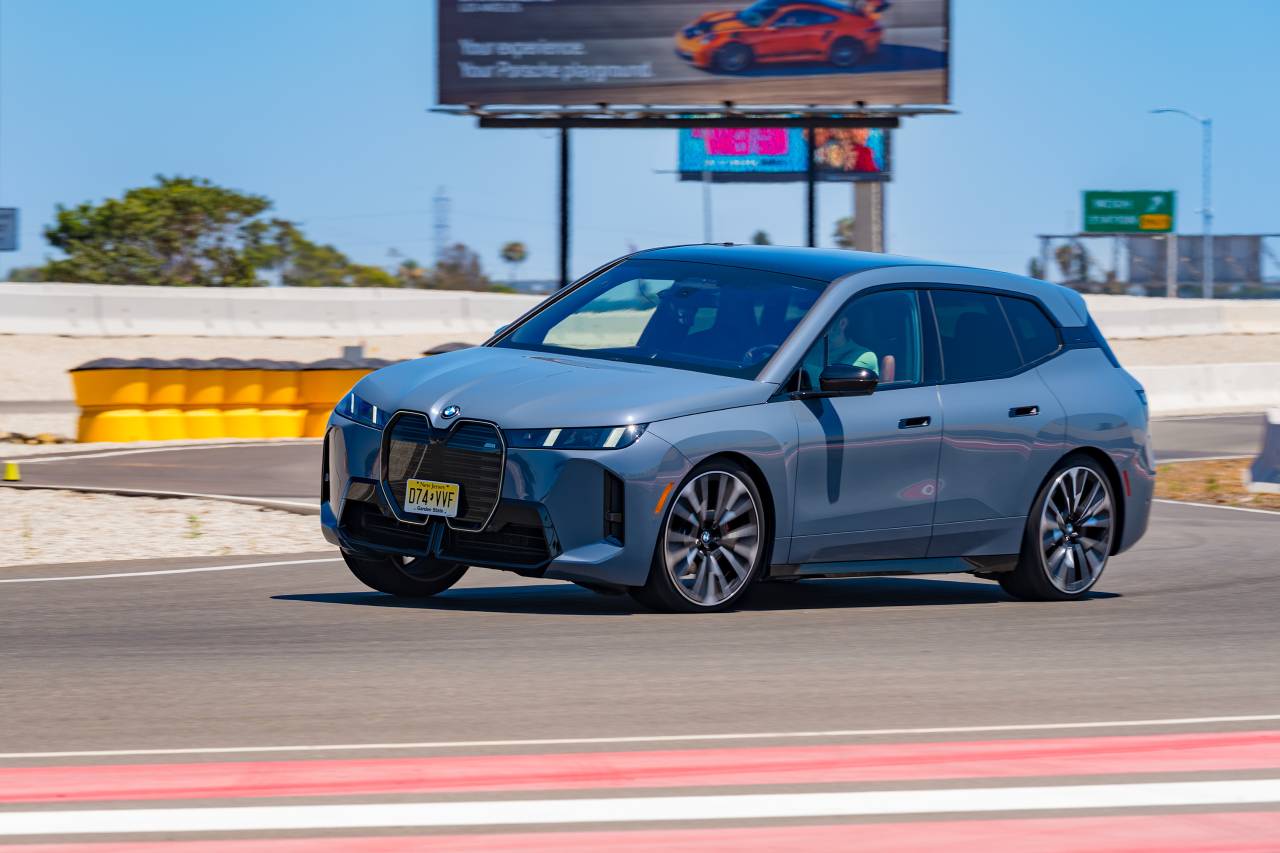




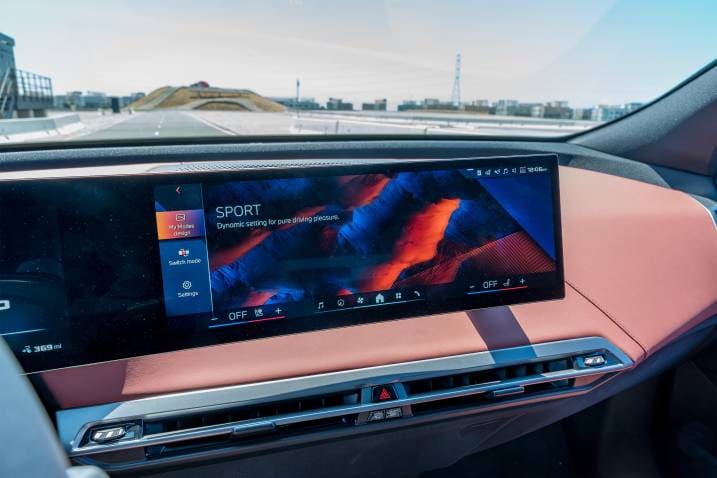

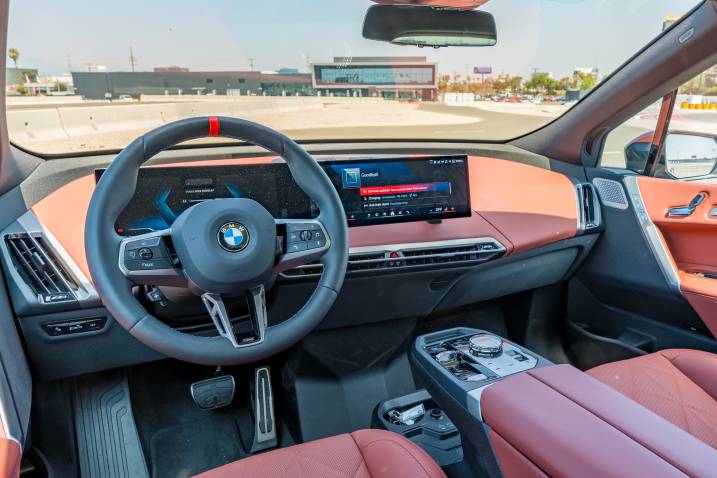
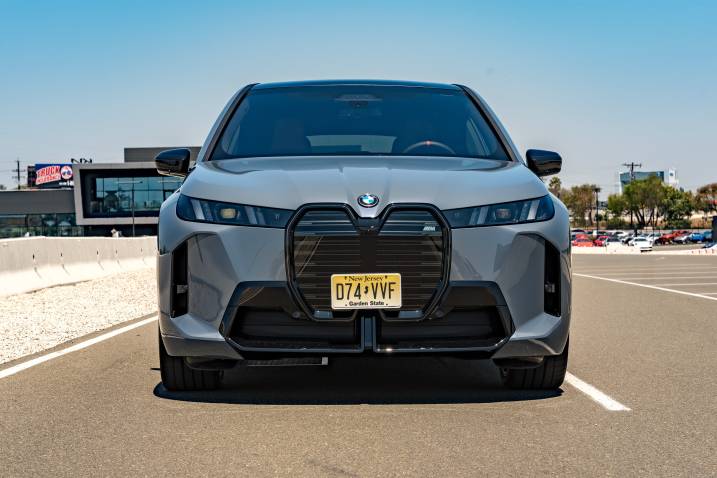
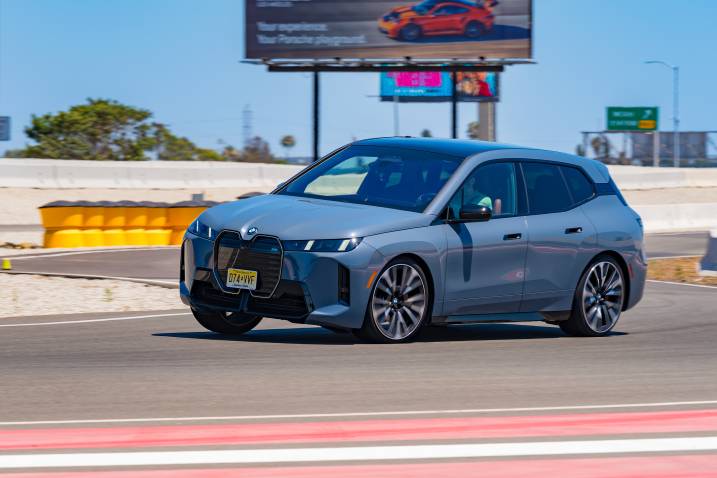
 by
by  edited by
edited by